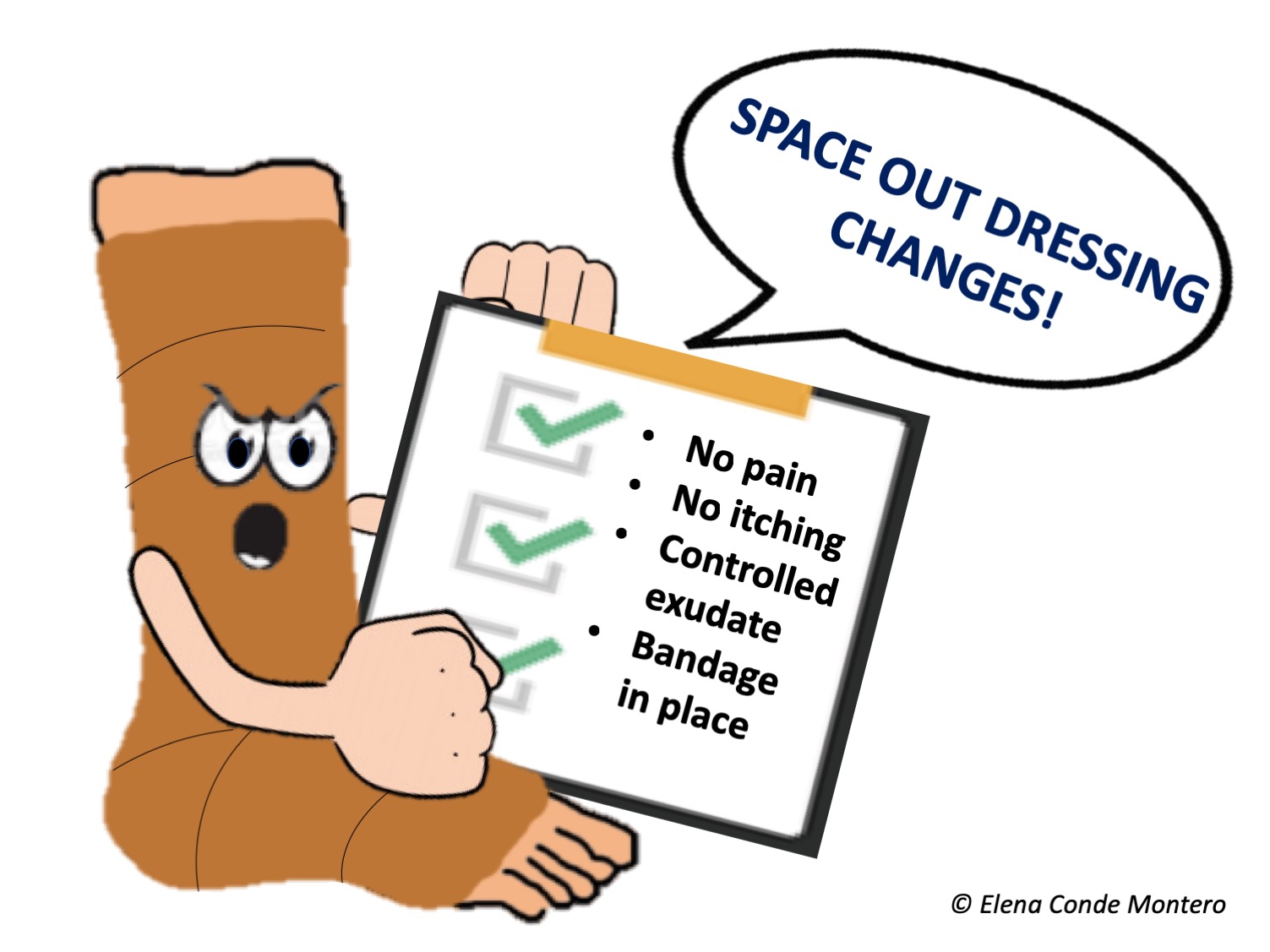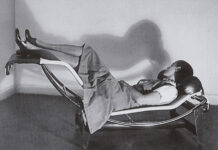First the pandemic and now the big snowfall… This year we have accumulated impediments to maintain the healing guidelines that we consider most beneficial for our patients… Here are some questions that you may have asked yourself at some point in the current times:
How long can I keep this dressing and dressing untouched?
What happens if it goes on for more than a week?
Is there a time limit that must not be exceeded?
This post will solve all your doubts about the frequency of wound dressings;)
The most important idea, and one that we must be very clear about, is that the frequency of dressings will depend on the evolution1…. If the wound has exudate that is difficult to control, abundant biofilm or signs of infection, dressing changes must be frequent to encourage the removal of bacteria, proteases and other factors that hinder healing. Dressing should also be more frequent if we want to closely monitor the wound’s response to a treatment that requires supervision, such as the initiation of compression therapy in special situations.
However, if the evolution is favourable, dressing changes should be spaced as far apart as possible. The limit of this spacing will be set by the control of exudate, pain, itching and the maintenance of the dressing in place. In other words, there is no set limit and the times are determined by the evolution of each patient.

So, can we space out dressing changes by 15 days? If these factors are met, we can do it and we must do it. We must not forget that in each dressing change we remove denatured tissue and exudate that is negatively affecting healing, but we also remove cells, growth factors and other proteins that promote wound closure. In addition, at dressing changes, the temperature of the wound bed decreases, with the consequent inhibition of mitotic activity, which takes time to restart (See post: “The art of wound cleansing”).
And more than 15 days? Well, as we have said, it could be, it depends on the case. In fact, sometimes the dressing is kept indefinitely to promote epithelialisation with a “scab effect” and only the edges of the dressing are removed and gradually peeled off (for example, alginate dressings in superficial acute wounds). See post: “Why do we use so many alginate fibre sheets in our wound practice?”
Therefore, the ideal is to select a primary and secondary dressing with characteristics that allow adequate exudate control and, in addition, a bandage that lasts over time with adequate pressure and adapts to the needs of each patient. If the only problem is that the bandage falls off or is displaced every few days (e.g. due to oedema reduction or patient mobility), we can only change the bandage and space the dressing changes. In these cases, in small wounds, wrap compression devices with velcro fasteners are a very interesting alternative, as they allow daily self-adjustment, maintaining the necessary pressure. See post: “Why are adjustable compression wrap devices so popular?”
In short, let’s be flexible in the frequency of dressing changes and, if the wound is going well, let’s remember that “less is more”.
Also available in: Español (Spanish)






